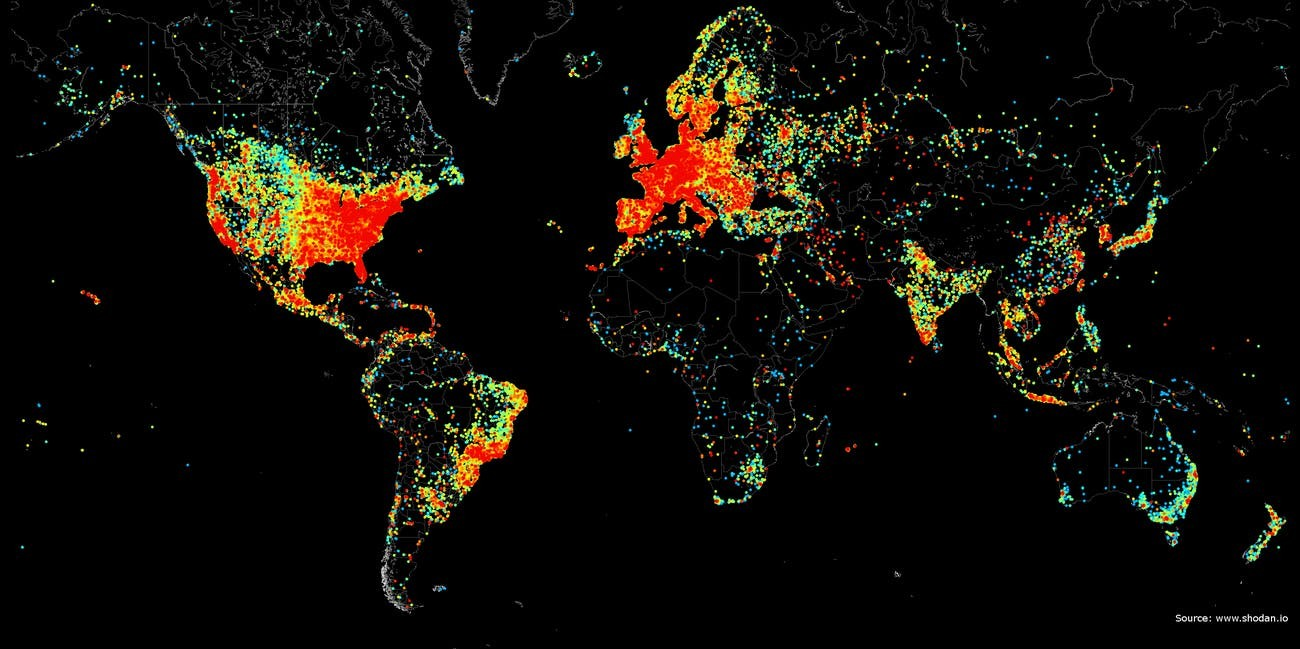
Mapping the internet: hierarchy, topology, ownership
SLIDES
Abstract. The Internet, although only about 30 years old, is one of the most complex systems humanity has created. The internet is a multi-layered hierarchy of large nested networks that exists at multiple levels: a physical infrastructure, a number of communication protocols, and the many layers of information systems that form on top, from the World Wide Web, to social networks, to subnetworks of fraud. There are 4.3 billion IPv4 addresses, 1.3 billion websites on the white net, and the largest bot army had 30 million computers. In this presentation I open a discussion about the shape of the Internet: what are its layers, and how did the internet evolve to what it is? How come there is innovation in hardware and at the topmost software application layer, but the TCP/IP stack is the same for decades? Knowing its layered structure and its protocol stack, how do we map the topologies and dynamics of some of its networks? And, most importantly, who owns the internet, and how does that influence its growth? This presentation is built on my previous work in geolocation, network security, and anti-fraud, but under a new scrutiny with complex system thinking.
When: 18 Jun 2020, 14:00
Where: Centre for Complexity Science, Imperial College London (online)